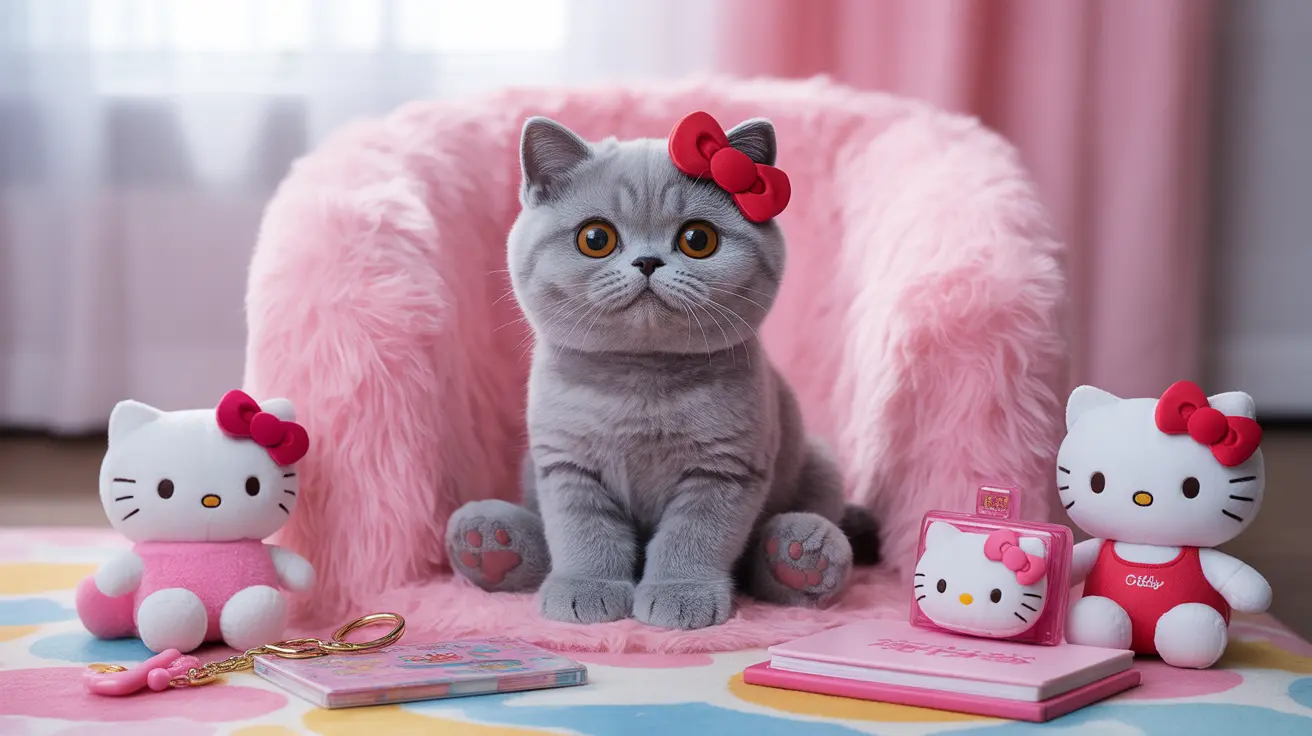The Official Identity of Hello Kitty
According to Sanrio, Hello Kitty - whose full name is Kitty White - is not actually a cat in the traditional sense. She's officially classified as a gijinka, which in Japanese culture refers to an anthropomorphized character. Specifically, she's a British girl who lives in the suburbs of London with her family, including her twin sister Mimmy and her parents Mary and George White.
This revelation caused quite a stir in 2014 when Sanrio clarified her status during a Japanese American National Museum exhibit. However, the explanation is more nuanced than simply stating she's human or cat - she exists in a unique category of character design.
Understanding the Gijinka Concept
The term gijinka refers to the practice of giving human characteristics to non-human entities, whether they're animals, objects, or concepts. In Hello Kitty's case, she represents a personified Japanese Bobtail cat with human attributes, walking upright, wearing clothes, and living a human-like lifestyle.
What makes this particularly interesting is that Hello Kitty even has her own pet cat named Charmmy Kitty, further blurring the lines between her feline appearance and human characteristics.
Design Elements and Symbolism
One of Hello Kitty's most distinctive features is her lack of a visible mouth. This wasn't an oversight but a deliberate choice by Sanrio, allowing people to project their own emotions onto the character. This design element has contributed significantly to her universal appeal and relatability across different cultures.
Her measurements are charmingly described in apple units rather than conventional metrics - she's five apples tall and weighs three apples, adding to her whimsical nature.
Cultural Impact and Legacy
Since her creation in 1974, Hello Kitty has transcended her original role as a simple character design to become a global cultural phenomenon. She's appeared on over 50,000 products, serves as a UNICEF ambassador, and has generated billions in retail sales.
Her ambiguous species classification hasn't hindered her success - if anything, it's enhanced her universal appeal, allowing her to connect with audiences regardless of their cultural background or age.
Frequently Asked Questions
What kind of animal is Hello Kitty officially classified as by Sanrio?
Hello Kitty is officially classified as a gijinka - an anthropomorphized character. While she has cat-like features, she's technically a British girl who represents a personified Japanese Bobtail cat.
Why does Hello Kitty look like a cat but Sanrio says she is not a literal cat?
This distinction exists because Hello Kitty is designed as a personification of a cat rather than an actual feline. She walks upright, lives in a house, and exhibits human behaviors, making her more of a human character with cat-like features.
How is Hello Kitty's character described in her official backstory?
In her official backstory, Hello Kitty is described as Kitty White, a perpetual third-grade student living in suburban London. She's cheerful, kind-hearted, and excels in English, music, and art.
What is the significance of Hello Kitty's lack of a visible mouth?
The absence of a mouth was an intentional design choice by Sanrio to allow people to project their own emotions onto Hello Kitty. This feature helps viewers relate to her more easily and interpret her expression based on their own feelings.
How does Hello Kitty differ from other anthropomorphic characters like Mickey Mouse or Goofy?
While all these characters are anthropomorphized, Hello Kitty is unique in that she's officially classified as a human girl with cat-like features, whereas Mickey Mouse and Goofy are more explicitly classified as anthropomorphized animals who maintain their animal species identity.






